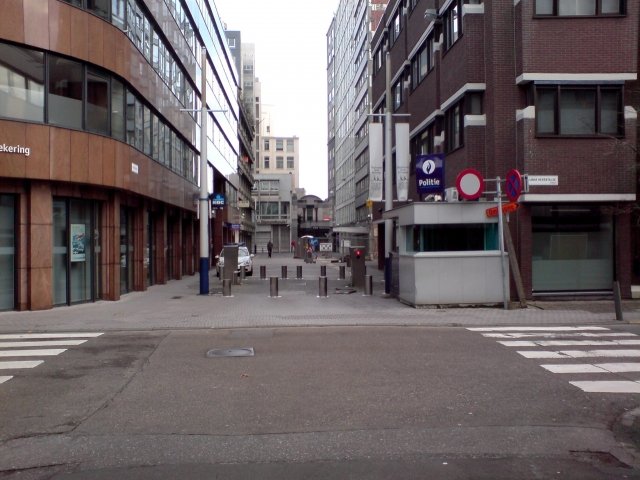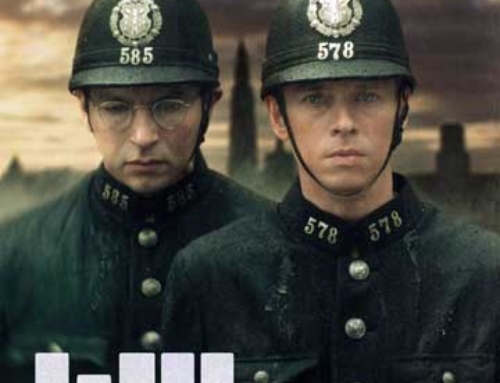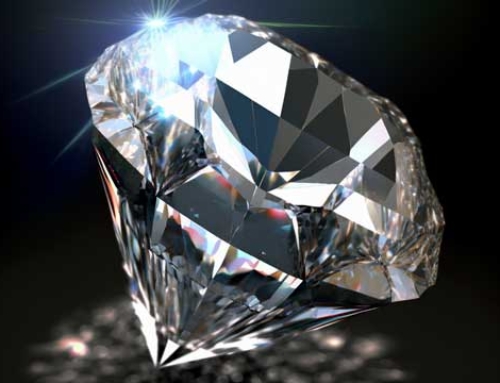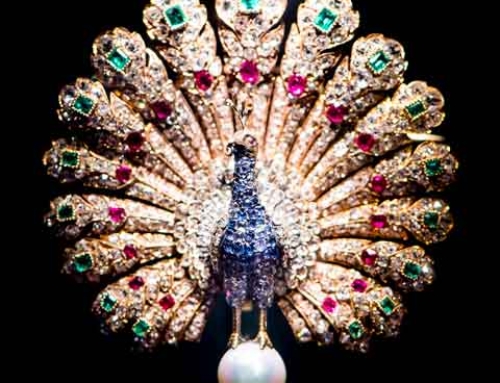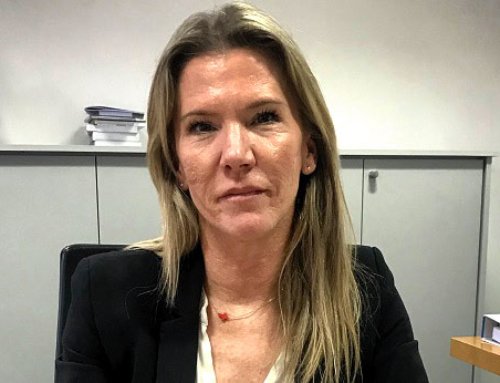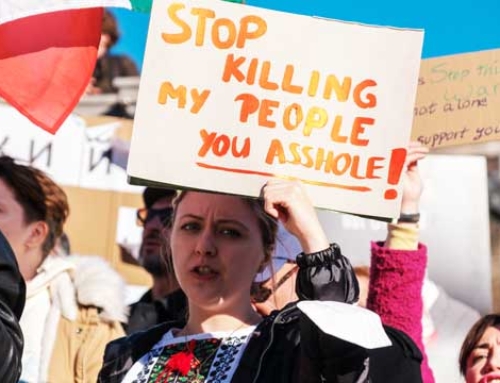To boycott, or not to boycott. That’s the question. Should Antwerp ban Russian diamonds in order to avoid fueling Putin’s war chest? To ask the question is to know the diamond trade insufficiently, experts say. Even in the U.S., which imposed a ban, Russian stones are still coming in. That has a lot to do with the distinct diamond trade. And with Russia foreseeing a way out long ago.
The Antwerp knot begins at the world’s largest diamond digger Alrosa. In Russia, Alrosa accounts for 30 million carats, or 6,000 tons of diamonds per year. More than half of the rough Russian diamonds traditionally go to our country. The cutting mill has largely moved to low-wage countries such as India, but Antwerp still has a trading function. Every trader with a bit of a name, including Alrosa, has an office in the Antwerp Diamond Quarter.
“You can imagine the diamond market as a real market where goods are traded,” says Koen Vandenbempt, professor of economics and director at the Diamond High Council. Not with bananas or tomatoes that are checked per imported container, but with diamond stones that end up under a magnifying glass and the eye of connoisseurs, one by one. Because Antwerp is strongly committed to verifying the origin of its diamonds, including the Kimberley Certificate, the city has a reputation for reliability. In the Antwerp ‘market’ every dealer knows from which soil each stone comes: Botswana, Canada, Congo… or Russia. All is very clear, so far.
Nervousness
That a great deal of value is ending up on the Antwerp diamond market is clear from a figure recently announced by Antwerp World Diamond Centre (AWDC): 37.2 billion dollars in traded diamonds in 2021. Roughly half import, half export according to Vandenbempt. “Antwerp is the most attractive market for diamonds and it is reassuring that this trend continues in 2022,” AWDC boss Ari Epstein stated in early February. Three weeks later, the first missiles landed in Ukraine, and that was anything but reassuring for traders in Russian diamonds. Meanwhile, the tension in Antwerp is almost palpable, says an insider. Among everyone who knows that luxury goods die early in wartime, among traders who don’t know if they will sell as many Russian diamonds, among Indians struggling with their peaceful faith.
Several luxury brands already announced they would no longer buy Russian diamonds. Among them Cartier and Tiffany & Co. The USA called off a ban on diamonds from Russia, but Vandenbempt punctures it: “The U.S. constitutes a large consumer of polished diamonds, and they remain for sale there, even if they are originally from Russia.”
Wait. Didn’t every diamond have verifiable proof of origin? This is where the diamond trade becomes less clear. Whereas the rough ‘stones’ still have such a proof when they arrive in Antwerp, until further notice they do not when they leave Belgium and embark on a world tour. A lot of diamonds leave Antwerp for India, for example, and they may return polished or end up in Dubai or the US. When the final product is on the finger of a buyer, he normally receives a certificate of authenticity, but not necessarily of origin. “For sure, once the diamonds are polished, it is difficult to trace their origin,” says Vandenbempt, “You have to be a geologist to identify a stone from Russia,” says the insider. “With big traders, you might still be able to get a certificate of origin, but if you shop at a smaller player, you can’t be so sure. In Antwerp as well.”
Russian stones in the image of Vladimir Putin, thus: seemingly elusive because they’ve been polished. The latter was reportedly evident after the 2008 financial crisis, when Alrosa representatives urged traders in Belgium to open an office in Dubai as well. “Many probably saw the commercial potential of that,” says Vandenbempt. More than a decade later, the Middle East appears to be a convenient escape route for Putin and Alrosa to evade Western trade embargoes, and continue to sell diamonds even in wartime.
Thousands of Belgian jobs
Well, what to do? Should Antwerp still ban Alrosa imports? It can stop a lot but not all diamonds. An efficient boycott would have to be global. Vandenbempt: “Suppose the Russian diamond disappears from Antwerp, then that’s like one local supermarket chain becoming half-empty. Then people go shopping in another supermarket, and that one is Dubai“. The insider thinks that a Belgian ban would have some effect. “If Antwerp does nothing, it undermines its own credibility as a supplier of ethical diamonds. Alrosa would not be amused if it came to a Belgian ban. It would be a blow. But the biggest blow will be to Antwerp itself.”
AWDC foresees some 10,000 threatened jobs in the event of an import ban. Vandenbempt calls that realistic.


